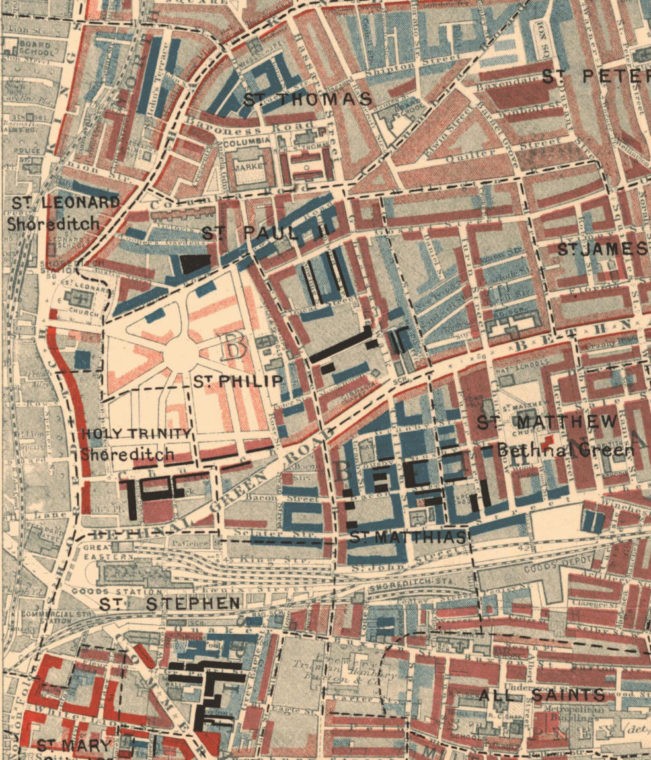The current postdoctoral research project focuses on the relation between cities and urban housing estates, understood as ensembles of two or more, medium-density to high-density, primarily residential buildings, conceived at the same time and with a level of common administration. The earliest housing estates were conceived as islands of hygiene and propriety, kept apart from the decaying physical and moral urban fabric around them. Throughout the twentieth century, this initial understanding propagated a surprisingly robust fiction of the estate as an autonomous unit, which failed to engage with the contradictions and conflicts of the industrial city. As an alternative approach, it might be useful to regard the relationship between the limited order of estates and the wider urban order as a dialectic of autonomy and integration. The manner in which estates relate to the city raises questions about the status of family and community in society. Based on case studies from the nineteenth and twentieth centuries, the research will examine how “common” areas and shared territories have been planned and used, revealing the social consequences of architectural decisions. At a deeper level, the analysis leads to questions regarding the relationship between planning, design, and inhabitation, extending beyond physical qualities to their cultural significance.
This research has been funded by the Marie Heim-Vögtlin Programme / Swiss National Science Foundation.
